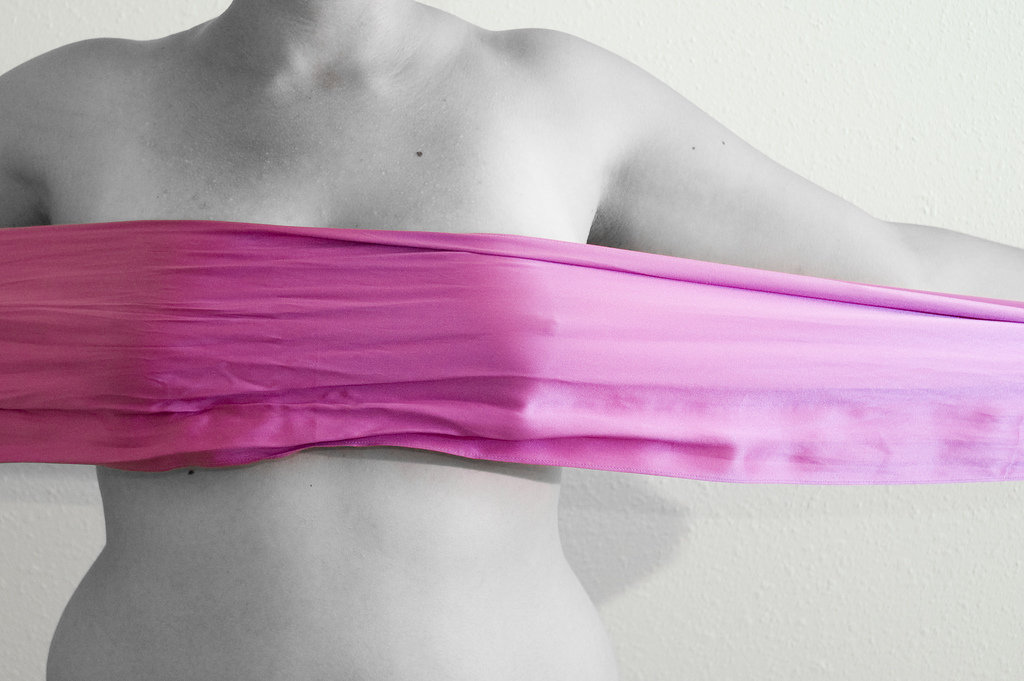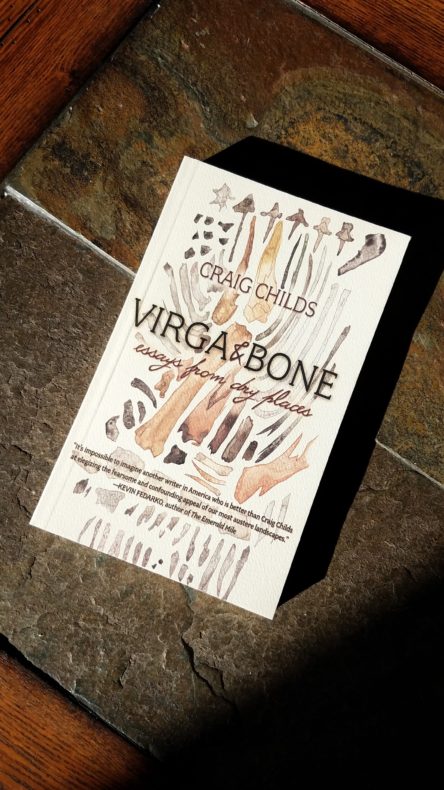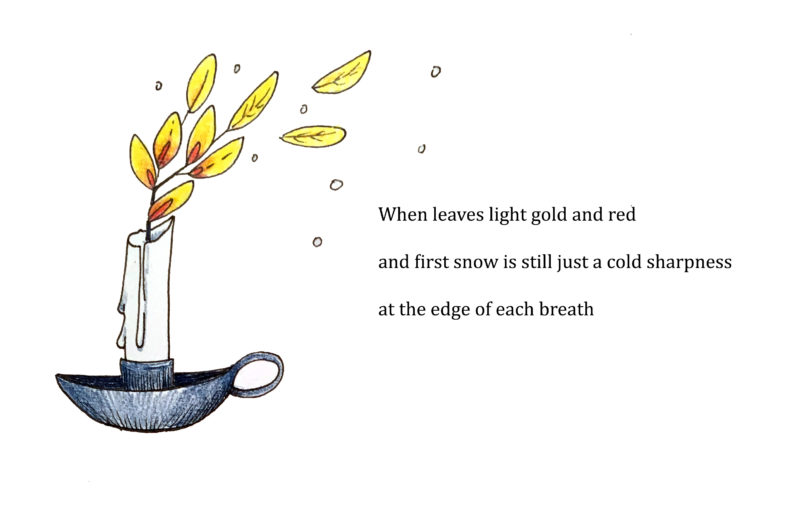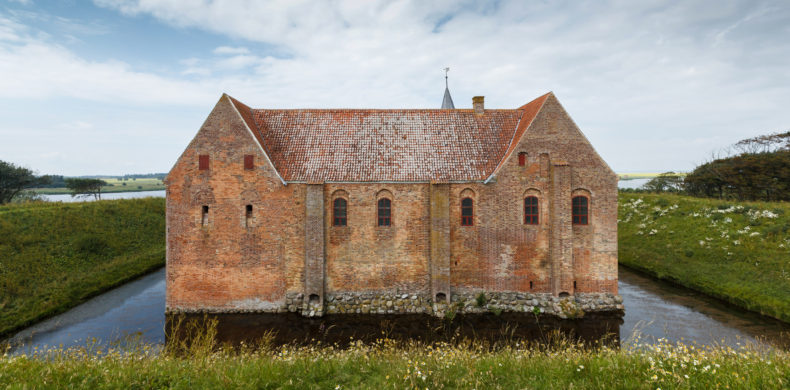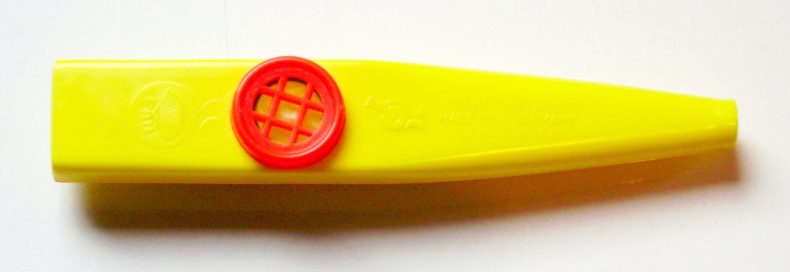This post was first published on January 9, 2019
Last month, while on assignment in Cozumel for a story on sponges, I went diving on a beautiful reef. It was stunning – a world of color, dreamlike shapes, and life everywhere I looked. Normally, I would have just swam about, marveled at the pretty nature, and come back to my hotel with a fat grin on my face.
But I just couldn’t stop fretting over all the sponges. You see, my story was on a theory among sponge experts that sponges are secretly, quietly taking over the world. It is … wait for it … The Rise of the Planet of the Sponge. Scary, right? Except just on coral reefs, not the world. And only in the Caribbean Sea. So, I guess it’s The Rise of the Caribbean Reef of the Sponge. Wow, that really doesn’t work as well.
Anyway, the theory goes that huge coral and urchin die-offs have led to a lot of spare real estate and algae on Caribbean reefs. The sponges have stepped in, sucked up the excess sugar pumped out by the algae and filled the now-empty reefs.
And diving in Cozumel, I noticed for the first time just how much of the color on a reef is actually sponge. We all know the big barrel sponges – those giant cannon-looking things hanging off the reef – but I’d never really noticed the encrusting sponges before. These are the colorful flat sponges that sort of drizzle around the reef like splotches on a Jackson Pollack.
It turns out that very little of the life I was looking at on the coral reef was actually coral. When I asked the folks on my boat – some of whom had been diving Cozumel for decades – none of them noticed the dominance of sponge over the coral. Likewise, the dive guides hadn’t noticed it either. How could they not see it? It was so obvious!
Continue reading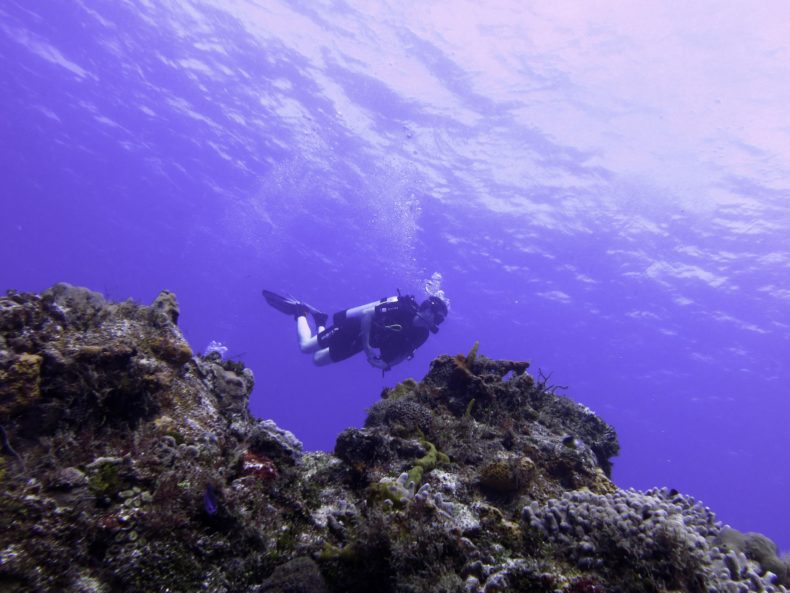
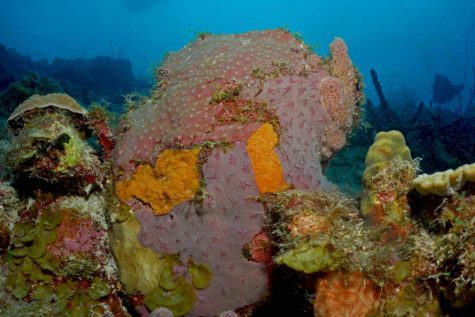
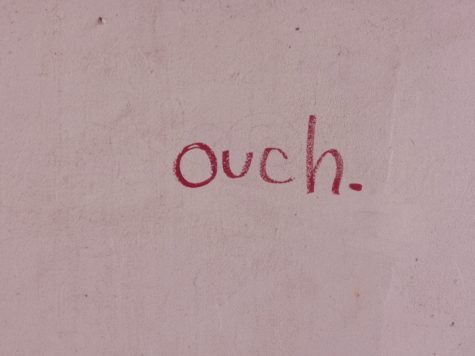 I’ve begun to wonder if, on one’s 50th birthday, a switch flips that loosens all that was tight and squeezes everything else in a vice grip. It seems that in the middle years basic gestures can cause lasting injuries. Bruises appear out of nowhere. My same-age friends and I compare aches and pains, and we all agree that our physical lives have lurched onto a new bone-jarring path.
I’ve begun to wonder if, on one’s 50th birthday, a switch flips that loosens all that was tight and squeezes everything else in a vice grip. It seems that in the middle years basic gestures can cause lasting injuries. Bruises appear out of nowhere. My same-age friends and I compare aches and pains, and we all agree that our physical lives have lurched onto a new bone-jarring path.